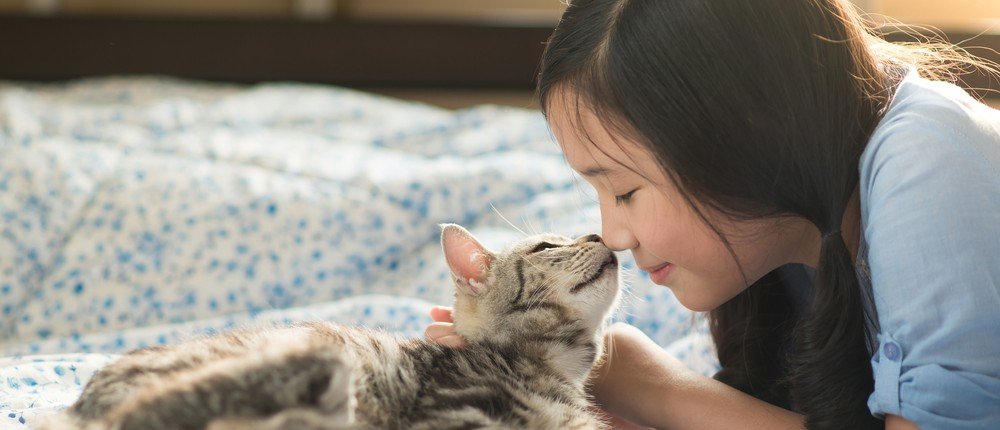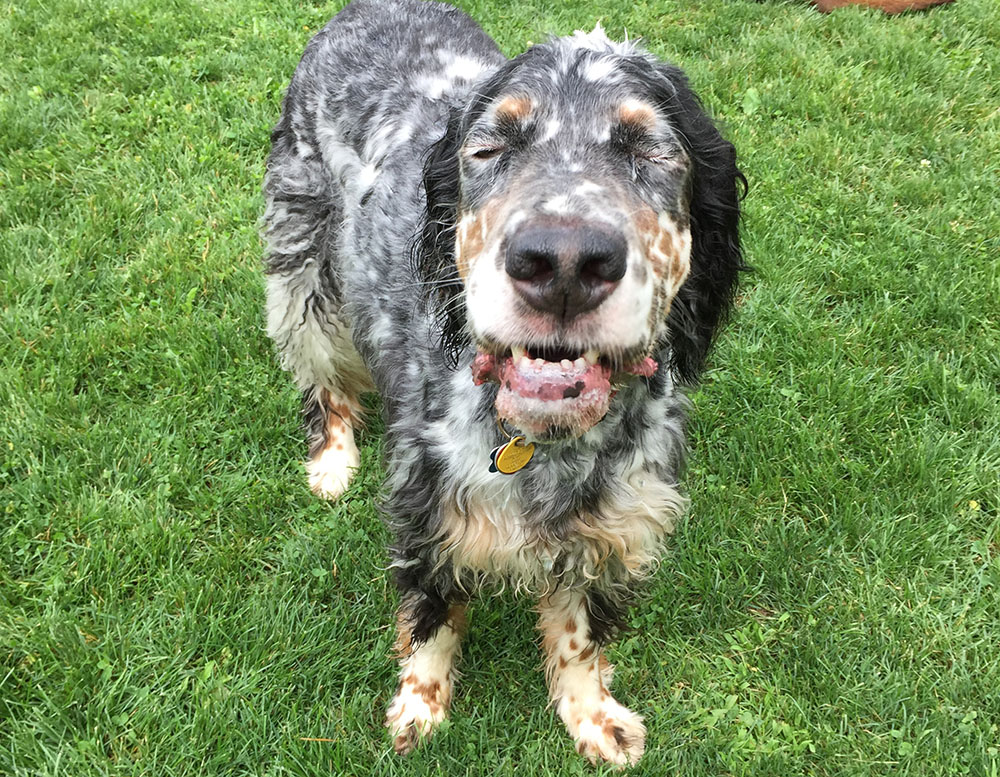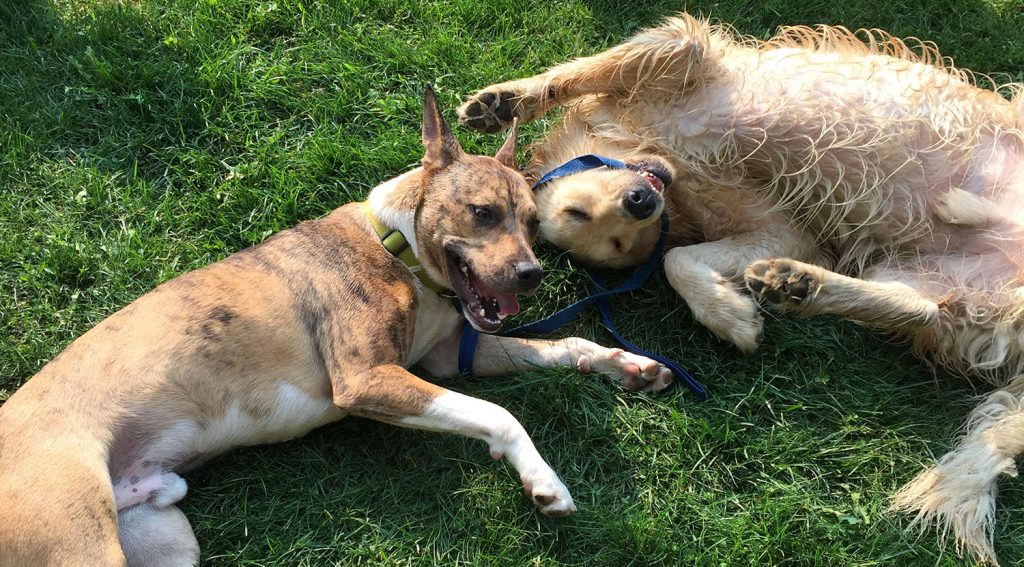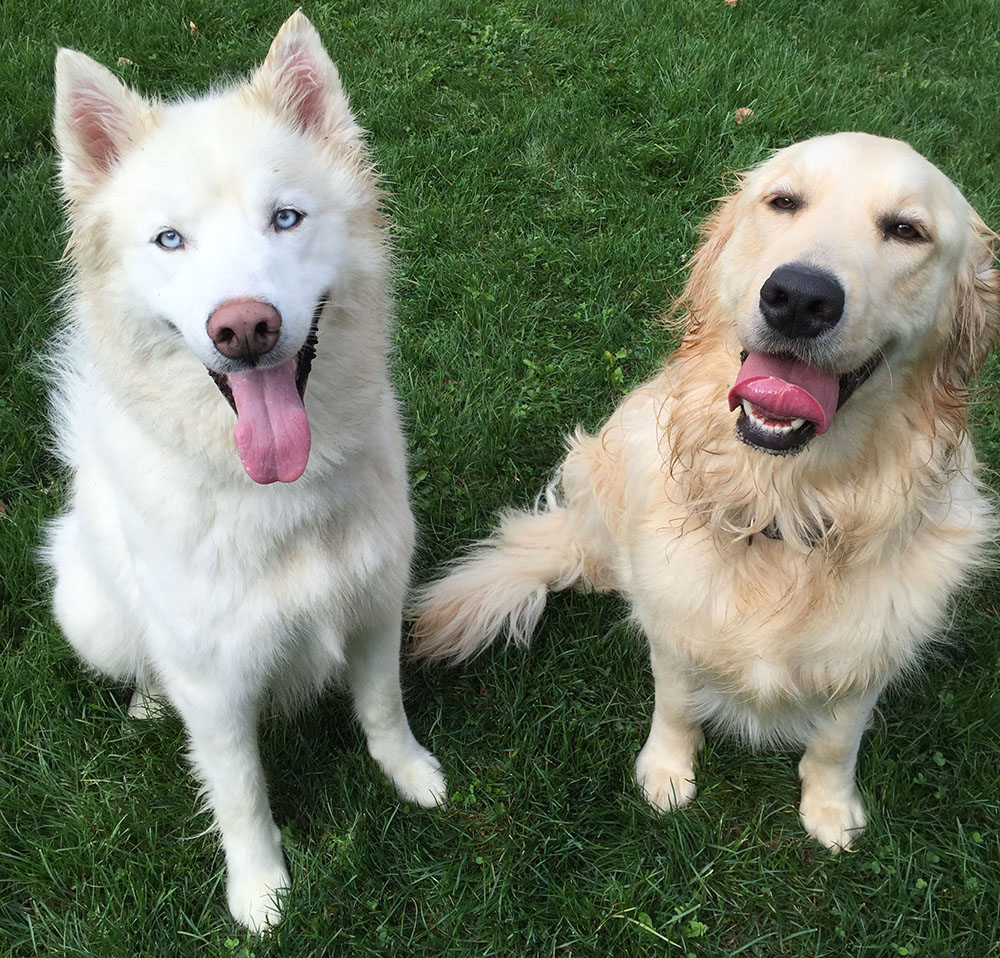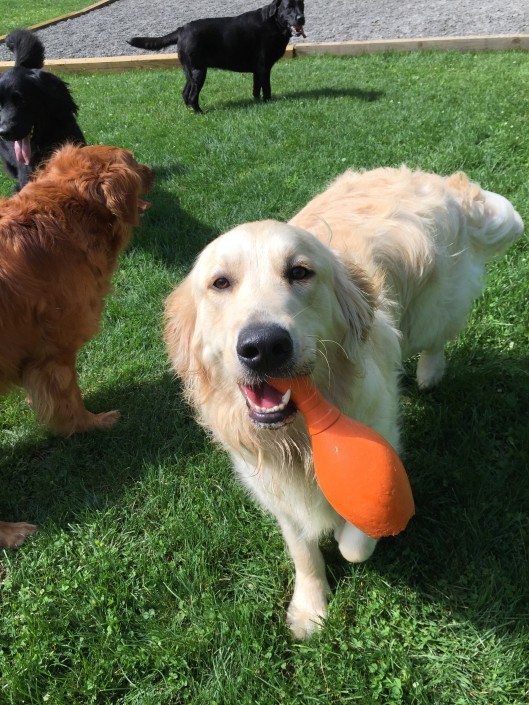Let’s Talk About Respiratory Infections in Cats
Upper respiratory infections (“colds”) are the most common cat disease. In fact, the feline distemper vaccine protects for the most common and widely recognized forms, although there are new viruses and bacterial infections being evolved constantly. As a cat owner you should be aware of some facts about these infections. What is an upper respiratory infection? Commonly abbreviated to URI, upper respiratory infections are often highly contagious diseases spread by airborne viruses. The incubation period is approximately three to seven days from exposure to the first obvious symptoms. Sneezing, eye discharge, and nasal discharge characterize URIs. Depending on the virus causing the disease, signs may last from a few days to a couple of weeks. Most viral infections cause the same feeling in cats that a cold does in humans-lethargy, lack of appetite, and occasionally a fever. Although a severe infection may develop into pneumonia, this is rarely the case. Breeds with short nasal passages, like Persians, seem to be the most severely affected. Also, as with the common cold, a URI can affect the cat’s resistance, making him more susceptible to other secondary infections. Observe your cat closely to avoid any complications. How is it cured? Just as with a common cold, it must run its course. Your veterinarian will prescribe antibiotics to prevent secondary infections or to fight a bacterial infection. Wiping any discharge from the nose or eyes will help keep your cat more comfortable. Since cats depend upon their sense of smell to eat, keeping nasal passages open encourages your cat to ingest food at a normal rate. If the appetite seems lessened, warming up a small amount of canned cat food may make the food more appealing. Do URIs occur only in pet care facilities? No. Since these viruses can be present anywhere, and can travel for distances through the air, they can affect any cat, even one at home on the windowsill. Any cold is more likely to occur when the concentration of cats is greater-such as at cat shows, animal shelters, veterinary offices, and pet shops, as well as in a boarding situation. Yes, but isn’t my cat more likely to catch a cold while being boarded? Yes, because in a boarding facility the cat encounters two conditions that do not occur at home: proximity to a number of potentially contagious cats, and the stress and excitement of a less familiar environment, which can lower resistance to disease. (These are the same factors that explain why children are more likely to catch a cold at school than at home.) However, the more often a cat is boarded, the greater the chances of acquiring immunity to disease. Exposure to a virus that causes a minor infection may leave the cat protected for life against that strain of URI. Are these viruses a constant problem? No. URIs (like the flu) are often seasonal. The problem also tends to be epidemic. When veterinarians begin seeing cases, they normally come from any boarding facility in town, as well as from the pet stores, shelters, and individual owners. Once an outbreak has run its course, another case might not be seen for months. Why doesn’t the vaccine protect my cat? The feline distemper vaccine protects against the most common forms of upper respiratory infections (also called herpes viruses). As with the common cold, there are hundreds of varieties; and mutations of the viruses constantly occur as they themselves adapt to their environment. Vaccinating against every form would be impossible. Your veterinarian can recommend a vaccine program appropriate for your cat. Since these viruses can be present anywhere, and can travel for distances through the air, they can affect any cat, even one at home on the windowsill. Can the boarding facility prevent my cat from being exposed to a URI? Unfortunately, no. No amount of supervision, sanitation, or personalized care can prevent a cat from “catching” an airborne virus. All that a good boarding facility can do is require immunization records, refuse to board an obviously sick cat, and watch for signs of any illness, the most obvious being sneezing or sniffles. Your boarding facility will quickly segregate any infected pets, and seek medical attention to help prevent further spread of disease. You have a right for your boarding facility to provide the best possible care, just as the facility has a right to expect you to accept financial responsibility for such care.

